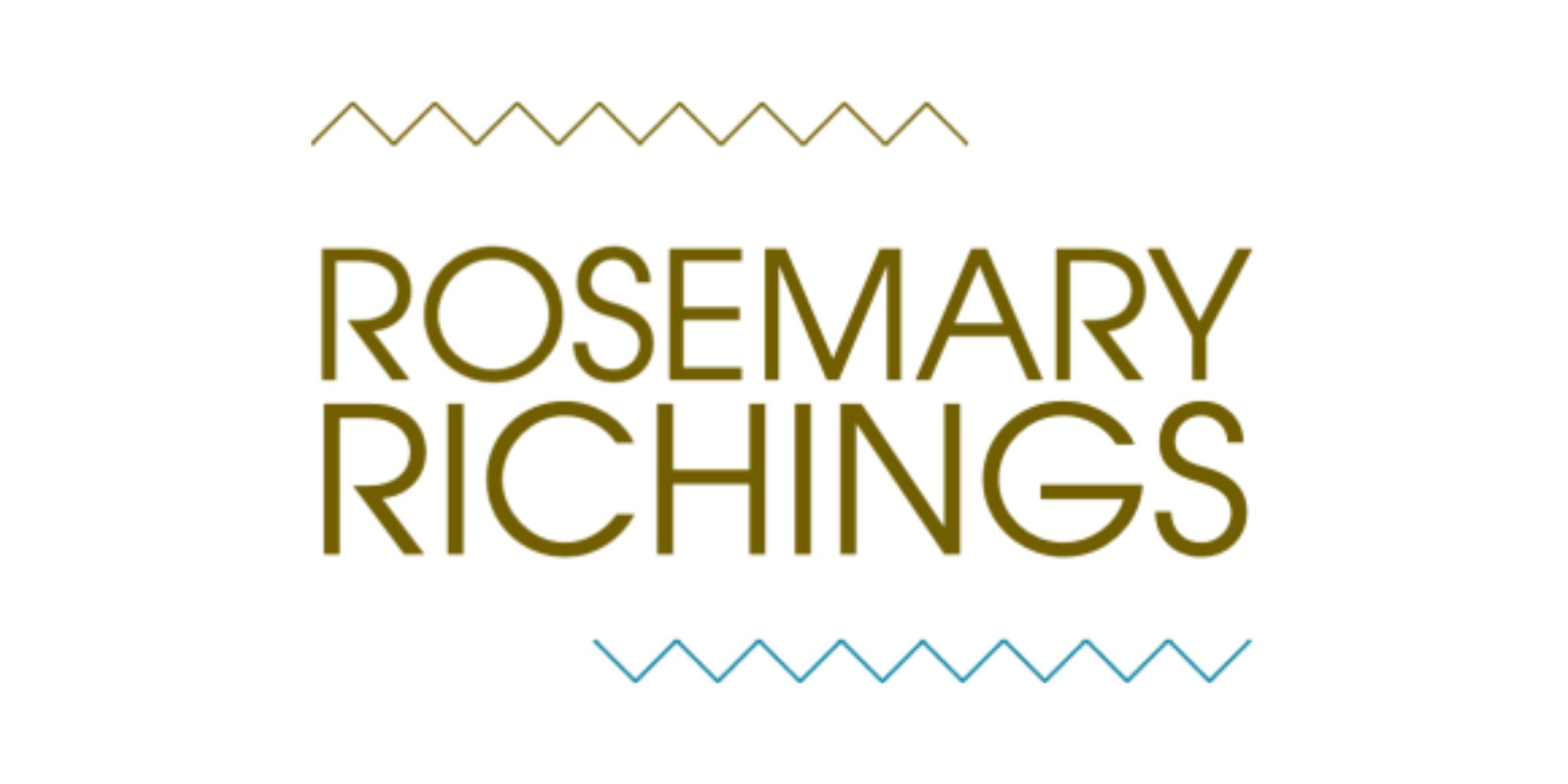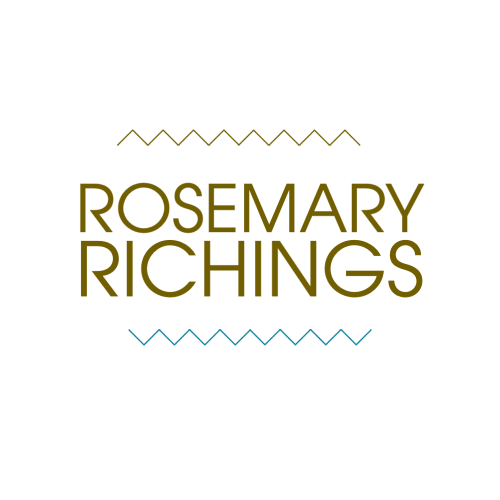Working around people’s fear related insecurities is a central part of what I do. Because when your job is to help people articulate their ideas and connect with an audience fear is inevitable.
So, why are fear related anxieties so common?
Fear related struggles of “putting yourself out there” come up often with not only my clients but writers such as Susan Cain. Apparently, it took Susan thirty years to realize her dream of being a professional writer. Because she was afraid to write about personal things.
So, I’m going to share one of the most difficult parts of putting myself out there that I struggled with for far too long:
Being real about my age. And also people’s assumptions about my age.
I’m a Millenial woman with freckles. So I’ve grown up with people assuming I’m younger than I actually am. Or they simply assume I’m like the Millenials you hear about on Business Insider. If you have no idea what I’m talking about, Bored Panda reported on how actual Millennials responded to these articles.
But most importantly, I’m someone who was raised in an environment where the ones making the most money are men in suits who are decades older than I am. Because of a lack of role models who were the same gender and close in age, I felt out of place in the entrepreneurial world for the longest time.
The only thing that changed that were the young entrepreneurs I met. In fact, many of them who were younger than me! Then, I didn’t feel so out of place. If you have amazing ideas, but don’t feel like you belong in the entrepreneurial world, here’s what I learned while confronting my insecurities about my age.
1) When your job is to improve other peoples’ lives, they are invested in a lot more than just your skills, experiences, etc. So, fear related issues around age are irrelevant.
To demonstrate what I mean by that, let’s use an example you can probably relate to. Let’s pretend you moved to a new neighbourhood. There are two hairdressers in your area:
- One is a run by an old man who has run the place for decades. He also barely speaks any English and has low rates. But he really takes his time and cuts his customer’s hair one by one. His staff consists of his family and he always has Portuguese football club games on in the background.
- And the other one includes a staff of local musicians, with dyed hair, a lot of tattoos, and indie rock blaring in the background. Hairdressing is their part-time gig, and they keep their rates high to afford rent, and a lifestyle that includes being on the road (a lot).
Which one would you choose and why?
No matter what option sounds the most ideal, here’s something that’s likely a huge part of your decision:
The people, the experience, and what ‘feels’ the most comfortable for you.
I quickly learned that when I worked with enough clients that I started to see similarities and differences between them. Because the one thing that they had in common was a crossover between my values and theirs. This made it much easier for me to quickly develop an understanding of why they said what they said, and what they really wanted out of me.
But why is this so important? I think Braid Creative put this perfectly when they shared how business owners can stick out in even the most saturated market:
Fit matters for the clients you attract. It’s not just what you deliver, it’s your philosophy and how you work together. If specializing on a niche is unrealistic for what you offer – then fit can help you narrow in on who you work best with.
I’m going to once again go back to the hairdresser example to demonstrate why this is so important.
- Do you typically not hang out with people who have tattoos and dyed hair? Then you’ll likely not gravitate towards the hair salon staffed by musicians.
- Do you not want your hairdresser experience to feel like an afternoon with grandma and grandpa? Then you’ll likely not get your hair cut by the old Portuguese man who reminds you of your grandpa.
The keyword, in this case, is feeling. This is something I’ve learned to not take personally in my business as well.
If someone wants someone a lot older than me to help them with their website, they can hire someone else. If they want to work with someone who is my age and has the same writing style as I do, they’ll pick me. Simple as that…really!
2) Being real about what you bring to the table makes trust a smoother process
Scary fact time: in 2018, the Better Business Bureau reported over 500,000 scams in the U.S and Canada. So, even if you haven’t been scammed, you might have an acquittance that has been scammed at least once.
I know how scary it can be to trust a stranger with anything. So, I produce content that’s an attempt at proving I have nothing to hide. This involves showing as much of myself in the content that I produce as I possibly can. For example, I’ve published blog posts on everything from my business’s most important milestones and my struggles, to a transparent overview of how I run my business and work with clients.
This also shows up on my social media. Even when I’m sharing someone else’s content, my messages resemble how I would talk about what makes it valuable to a close friend or family member. There’s a great deal of value in that because a consistent way of doing things builds a positive customer experience.
Keeping things as consistent as possible makes fear related concerns about age irrelevant. In fact, when I developed my media kit, I researched my audience through tools such as Google and social media analytics. Then, I found out that my audience is between the ages of 25 and 44. That’s a huge age range. In fact, that doesn’t even cover one generation!
3) As long as you freaking own it…who cares?
This was the hardest lesson of all to learn. In fact, I completely blame the influences of my cultural upbringing for this. So, let me explain. My father was born and raised in England and moved to Canada decades ago. And…my mom? She grew up in one of Canada’s largest cities.
First of all, just wanted to apologize for stereotyping and generalizing. But since I’m saying this about my own culture, I feel like I have permission and a lot of life experiences to base things off of.
The British influence in me feels like I should make as little of a fuss about everything as I possibly can…because I hate the idea of being a “bother” to other people. And the Canadian in me just feels like everything is worthy of an apology because I wouldn’t want to offend people.
So, owning “it”, no matter what “it” even is most of the time took roughly a year or two for that instinct to feel natural. It took going outside my comfort zone and sharing my story to be okay with telling people:
This is who I am, deal with it.
Why that has so much power
In my field especially, people are craving diversity. Because people are the stars of marketing campaigns, and not enough people are seeing people who look like them, or they can relate to in billboards, videos, blog posts, etc.
In a time where diversity is an expectation in even the most mainstream of brands, there’s a huge demand for more diverse perspectives. Since diversity is suddenly marketable, being open about your fear related issues and your differences can set you apart.
So, I encourage you to produce content that celebrates rather than inspires pity about whatever makes you feel “different” than your peers. And if this is something that you’re trying to do more of, I would love to hear some of your experiences and ideas for how you plan to let more of you shine through in your content marketing.
PS: New articles are published bi-weekly on Mondays. Browse more posts:
50+ B2B articles →
100+ writer-to-writer articles →




